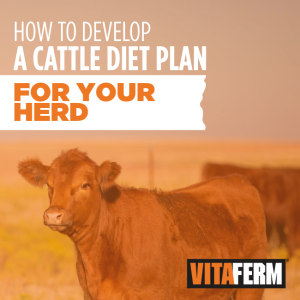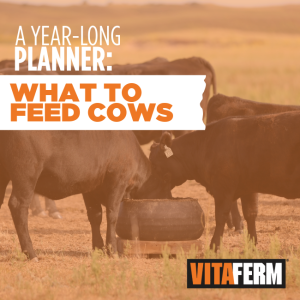
Some livestock producers will attest that they are not raising livestock, but rather a high-quality forage; the livestock is simply a by-product of the land. However, some land and environmental factors prohibit grazing fresh forages. And, when forages are at a surplus in the summer time, it makes sense to harvest those forages in the form of hay to store the forages when feed resources become scarcer, perhaps in late fall and winter.
However, making quality hay isn’t just as simple as mowing down a field, and making bales. It requires basic knowledge of the life cycle of the plants to know how to capture the optimum nutrient value. And, it helps to have some ideal weather conditions to get the task completed.
According to the National Forage and Grassland Curriculum based out of Oregon State University, there are five key considerations when properly harvesting and storing hay: First, harvest or cut the hay at first bloom also known as heading or the anthesis stage. Second, maintain the leaves that contain the best nutrition. Next, rapidly dry the hay to 15-20% moisture. Fourth, maintain the forage’s green color, which indicates minimal deterioration. And finally, store the hay in a place where it is protected from further deterioration to maximize nutrients and palatability.
Since 2/3 of the plant’s protein is found in the leaves, it is important to find a forage with good leaves that will stay on the plant once it is harvested. Although yield increases as the plant matures, both nutrient value and palatability are at their peak at anthesis, so finding the right time to cut or swath hay becomes an art.
Cut the hay so that baling becomes simpler and the ability for it to dry is maximized. Most swathers cut the hay into wide windrows that help facilitate drying while waiting to be baled. Keep the stubble relatively high, which also helps air circulate around the hay, and helps it dry faster.
Most grasses and forages contain up to 90% moisture, so it could take a few days to dry they hay down to 15-20% moisture. If you need to “rake” the hay into windrows that will help speed up the drying process, but be cautious, as that also removes the leaves, the main nutrient source from the hay.
The green color of your forages indicate nutrient values are still present, and mold is not present. Sun can bleach the hay, which also removes nutrients. If your hay turns white or brown, that is a sign of mold.
In ideal conditions, you should be able to get 2-3 cuttings of hay each season, allowing you to stockpile forage for your livestock when you need to feed them a lower-cost feed. Be sure to test your hay prior to feeding it so you know what its nutrient value is, and how to supplement your livestock to ensure they are getting all the vitamins and minerals they need to stay healthy and perform. If you are unsure where to start with forage testing, contact your BioZyme® Inc., Area Sales Manager, who can help you collect and test forage samples, and work with a qualified nutritionist to develop a ration that will supplement your animals’ diets. Read more about those services here.



